Lumbar Herniated Disc

Lumbar Herniated Disc
If you experience lower back pain, there’s a good chance that a lumbar herniated disc is the culprit. This condition can be very painful and may require surgery for relief. In this comprehensive guide, we will explore everything you need to know about lumbar herniated discs, including causes, symptoms, treatment options and more. Keep reading to learn more!
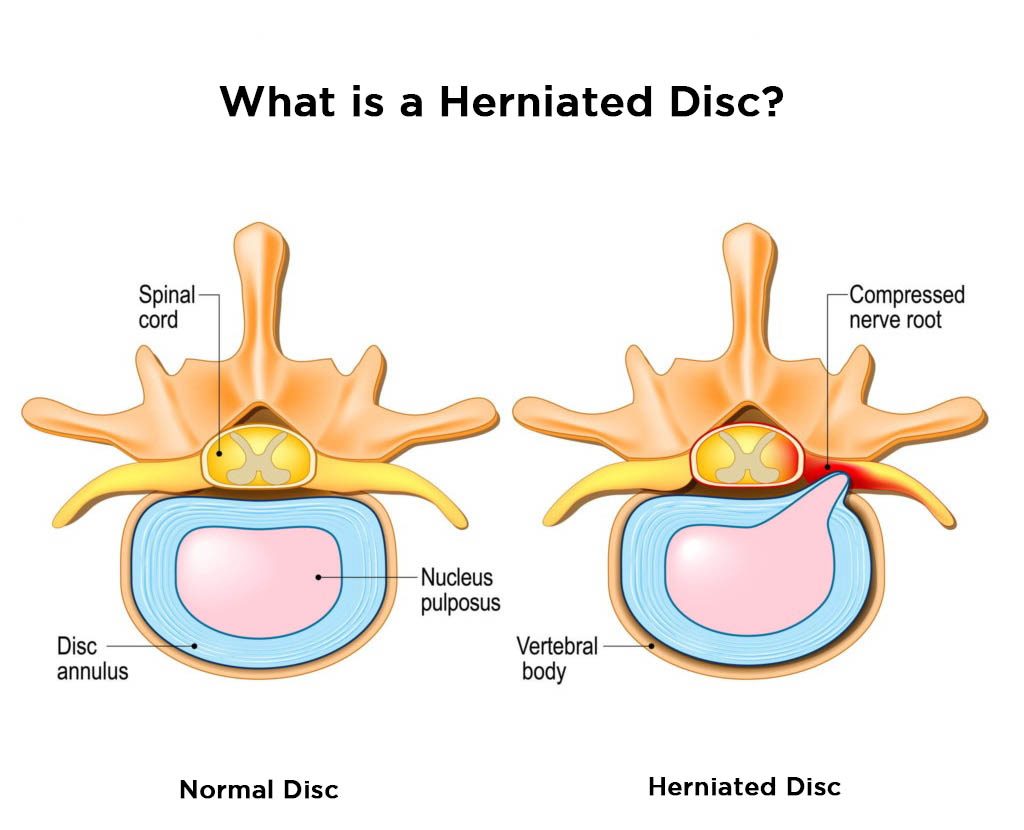
Causes of lumbar herniated disc
There are a number of things that can cause a lumbar herniated disc, including:
Age-related wear and tear:
As we age, our discs begin to deteriorate. This process is called disc degeneration, and it can cause the discs to become thinner and less able to cushion the spine.
Injury:
A sudden injury or trauma to the back can cause the discs to tear or rupture. This is often the result of a car accident or a fall.
Lifting heavy objects:
If you regularly lift heavy objects, it can put strain on your back and cause the discs to herniate.
Bad posture:
If you have poor posture, it can put unnecessary stress on your discs and lead to a herniation.
Obesity:
Being overweight or obese puts extra strain on your back and can cause the discs to herniate.
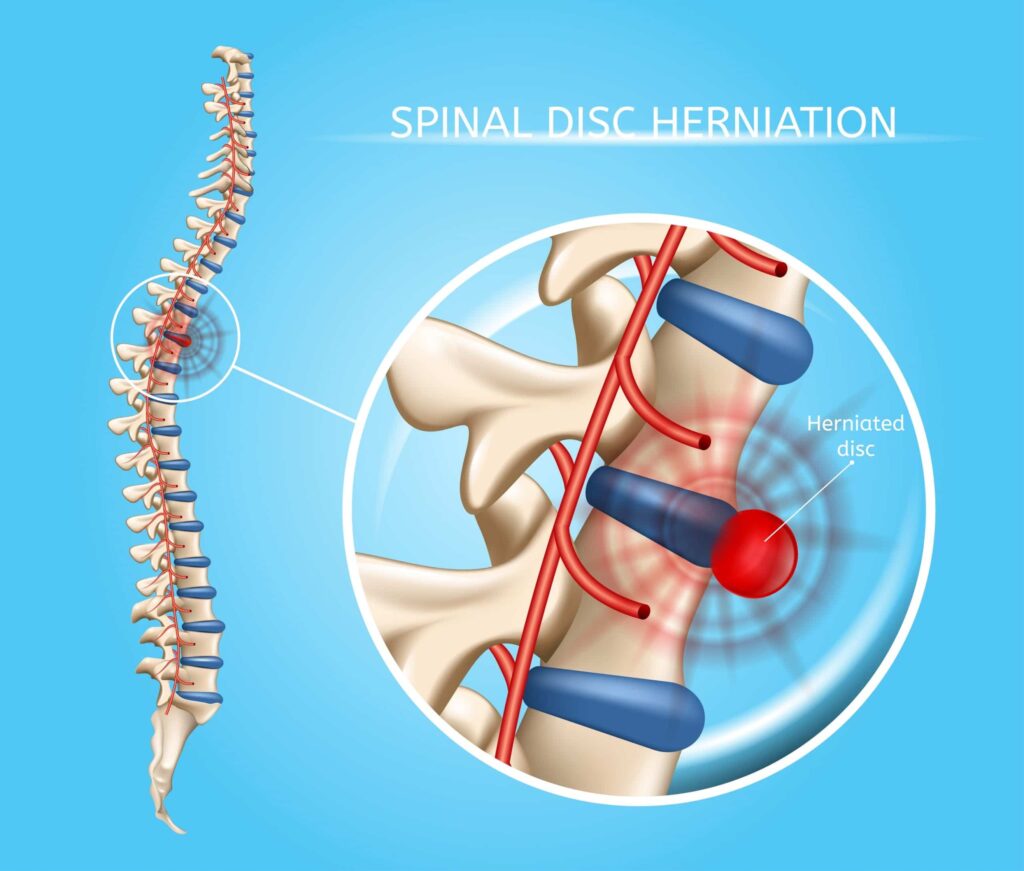
Symptoms of lumbar herniated disc
There are many potential symptoms of a herniated disc in the lower back. Some people may not have any symptoms, while others may experience pain, numbness , or weakness.
The most common symptom out of herniated disk symptoms is pain. This pain can range from mild to severe, and it may get worse with certain activities, such as sitting, standing, or bending. The pain may also radiate into the legs or arms.
Other potential symptoms include numbness, tingling, or weakness in the affected area. In some cases, a herniated disc can cause problems with bowel or bladder control.
If you think you may have a herniated disc, it’s important to see a doctor for an accurate diagnosis.
If you think you may have a herniated disc, it's important to see a doctor for an accurate diagnosis.
Diagnosis of a lumbar herniated disc
There are a few ways to diagnose a herniated disc.
Physical examination:
A physical examination may be performed to check for any areas of tenderness in the back or leg, as well as to assess your range of motion and strength.
Imaging:
X-rays, magnetic resonance imaging (MRI), and computed tomography (CT) scans may be used to rule out other conditions and confirm the diagnosis.
Electrodiagnostic testing:
This test measures the electrical impulses produced by the spinal nerves. The electrical impulse from the nerve roots can help identify which spinal nerve root, spinal canal, or spinal column is compressed.
Discogram:
This test involves injecting dye into the herniated lumbar disc to see if it is herniated. It is usually only done if other tests are inconclusive.
Surgery:
If conservative treatment options do not relieve your symptoms, surgery may be recommended. The type of surgery will depend on the location and severity of the herniated disc.
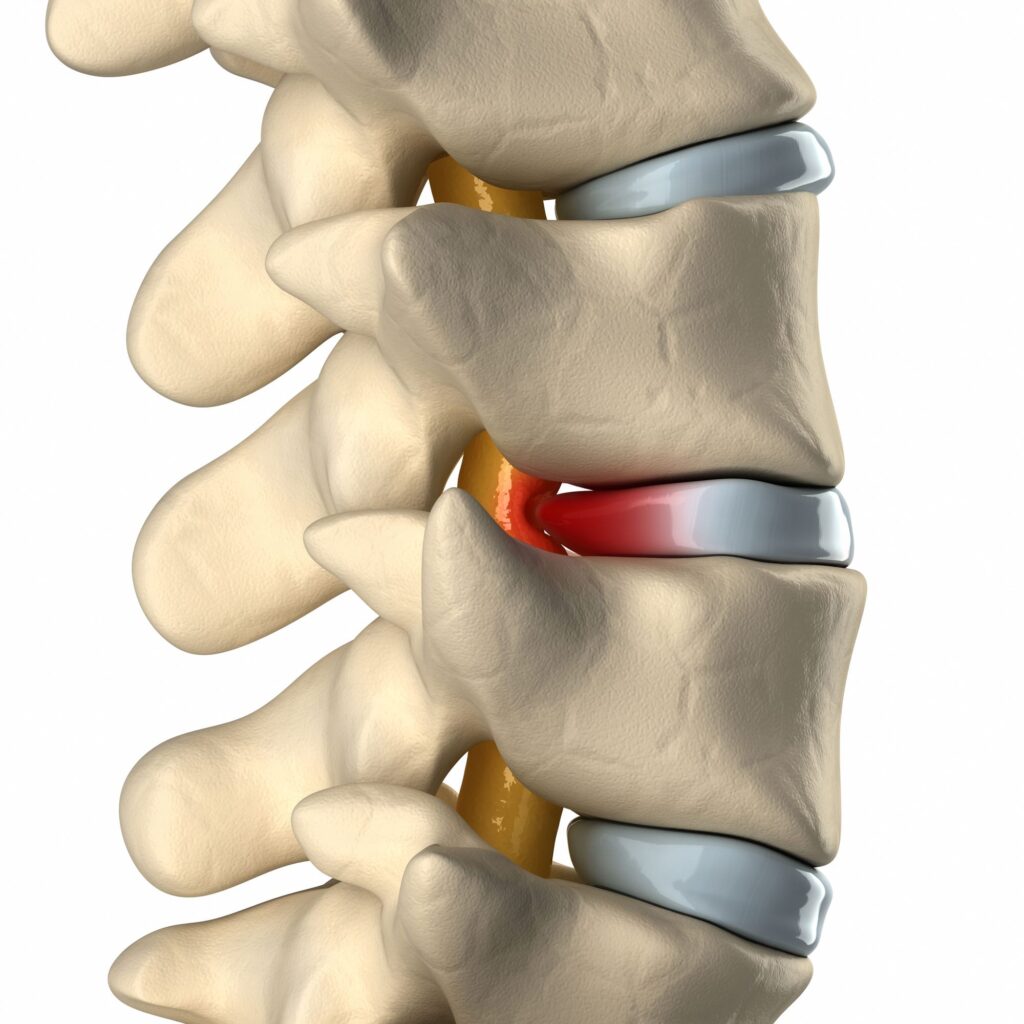
Treatment for Lumbar Herniated Disc
There are a few treatment options available for a lumbar herniated disc, depending on the severity of your condition.
Rest:
Many times, your body will heal on its own with a little rest. Your doctor may recommend that you take it easy for a few days or even weeks.
Ice and heat:
You can use ice or heat to help reduce the herniated disk pain and swelling from a slipped disk. Heat dilates, or opens, blood vessels and promotes the flow of nutrients and oxygen to the area. Ice constricts, or narrows, blood vessels and reduces inflammation.
Exercise:
Exercise may seem like the last thing you want to do when your back is hurting. But it’s important to keep moving. Bed rest for more than a couple of days can actually make your pain worse. Once your pain starts to improve, your doctor may recommend specific exercises to strengthen the muscles in your back and help support your spine.
Physical therapy:
Physical therapy can help relieve pain and improve function. A physical therapist can teach you exercises to help strengthen the muscles in your back and support your lumbar spine. They can also use other modalities, such as heat, ice, or electrical stimulation, to help relieve pain.
Pain medication:
Your doctor may prescribe pain medication to help relieve the pain from a herniated disk.
Over-the-counter pain relievers, such as ibuprofen or acetaminophen, may be enough. If not, your doctor may prescribe stronger medication.
Steroid injections:
Steroid injections are sometimes used to reduce inflammation and pain. The steroid is injected into the space around the spinal cord (epidural space).
Surgery:
In some cases, surgery may be necessary to remove the herniated disks and relieve the pain.
Surgery is usually only recommended if conservative treatment options have failed and you’re still in pain.
Tips to prevent Lumbar Disc Herniation
Following are some tips which may help prevent lumbar disk herniation:
1) Maintain good posture while sitting, standing and sleeping.
2) Use a comfortable chair with good back support while sitting for long periods of time.
3) Avoid lifting heavy objects without proper guidance and technique.
4) Exercise regularly to maintain flexibility and muscle strength in the back and abdominal muscles.
5) Quit smoking as it is one of the risk factors for developing disc herniation.
If you are already suffering from disc herniation, then following these tips may help reduce the spine or leg pain and discomfort associated with it.
In addition, it is important to seek medical treatment from a qualified healthcare professional to get the best possible outcome.
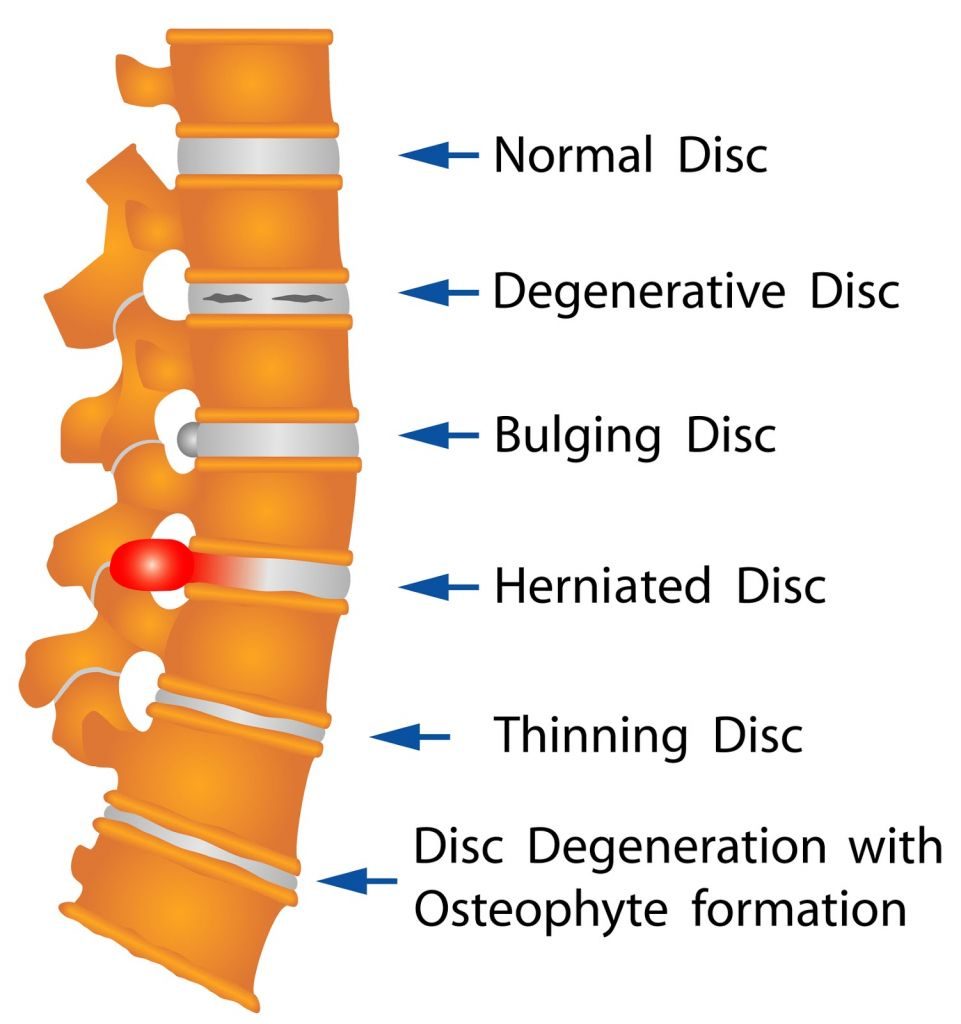
Exercises to strengthen the Spine
Following are some exercises which can help strengthen the spine:
Crunches:
Crunches are a great way to strengthen the abdominal muscles which in turn help support the spine. To do a crunch, lie down on your back with your knees bent and feet flat on the ground.
Place your hands behind your head and curl your chin towards your chest. Contracting the abdominal muscles, lift your shoulders and head off the ground.
Hold this position for a few seconds before slowly lowering back down. Repeat this 10-15 times.
Superman:
This is an excellent exercise for strengthening the muscles in the lower back. To do this exercise, lie face down on the ground with your arms extended in front of you and legs straight out behind you.
Slowly lift your head, chest and legs off the ground, keeping your arms and legs straight. Hold this position for a few seconds before lowering back down. Repeat this 10-15 times.
Bridges:
Bridges are a great way to strengthen the muscles in the lower back and buttocks. To do this exercise, lie on your back with your knees bent and feet flat on the ground.
Slowly lift your hips off the ground, keeping your shoulders and head on the ground. Hold this position for a few seconds before lowering back down. Repeat this 10-15 times.
Prone Leg Lifts:
This is an excellent exercise for strengthening the muscles in the lower back and buttocks.
To do this exercise, lie on your stomach with your legs straight out behind you. Slowly lift one leg off the ground, keeping your hips and shoulders on the ground.
Hold this position for a few seconds before lowering back down. Repeat this 10-15 times with each leg.
Remember to consult your doctor or physical therapist before starting any new exercise program. Start slowly and gradually increase the intensity as your body gets used to the new exercises.
It is also important to warm up before working out and cool down afterwards. Wearing comfortable, loose fitting clothing will also help you move more easily during the exercises.
3 Ways to Level Up Your Rehab and Injury Prevention With Us





